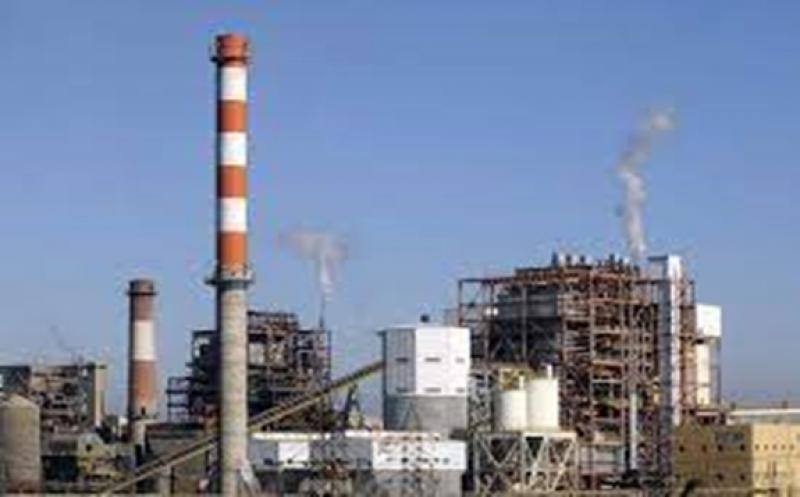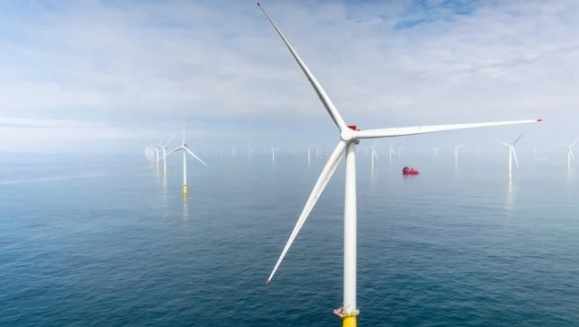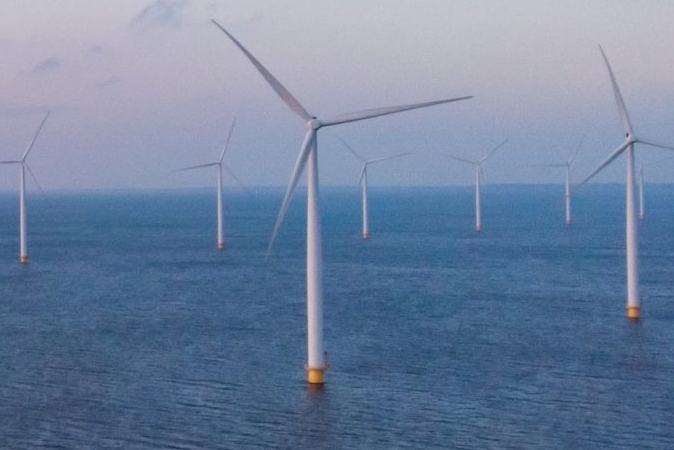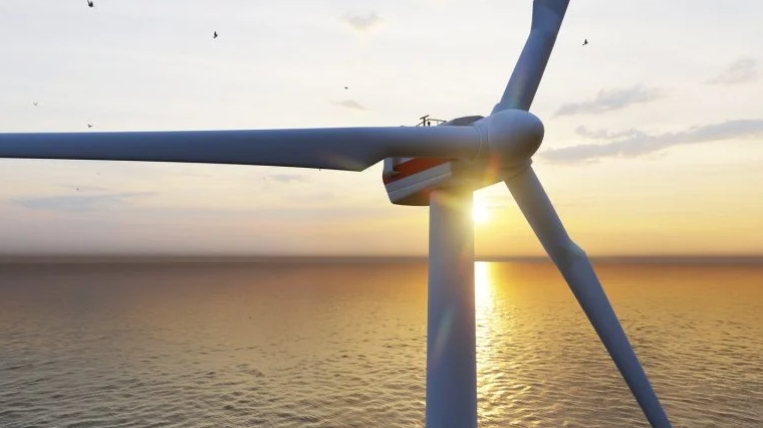AES Gener accelerated the decommissioning of two coal-fired power stations in Chile, adding momentum to the country's decarbonization drive.

The Ventanas 1 and 2 units, located in the Valparaiso region on Chile's central coast, have combined installed capacity of 322MW. The Ventanas complex is part of a wider industrial park centered in Puchuncavi, long a focal point of environmental controversy for air pollution.
The decision accelerates the retirement of Ventanas 1 by almost two years, and Ventanas 2 by more than three years, cutting CO2 emissions by 2mn tonnes, AES Gener said.
The two plants will now be held in reserve, for dispatch only in the event of an emergency.
AES Gener is controlled by US utility AES.
The decommissioning stems from a 2019 voluntary decarbonization agreement between Chile's largest generators and the government of President Sebastian Piñera.
"Since (the agreement) was announced in June 2019, we have accelerated the retirement of six coal-fired plants compared to their original date," energy minister Juan Carlos Jobet said.
On 31 December, Italy's Enel will decommission its 128MW Bocamina 1 coal-fired power station two years earlier than originally anticipated. The company is awaiting authorization from the National Energy Commission (CNE) to close its 350MW Bocamina 2 plant in May 2022.
Most of Chile's coal-based power stations date back to the years following Argentina's curtailment of pipeline natural gas exports in 2004, exposing the country to potential blackouts and leading to the installation of two regasification terminals as well. Almost all of the coal used in Chile is imported.
In recent years, solar and wind projects represent almost all new generating capacity in Chile, ushering in a potential surplus that the government plans to leverage for the production of green hydrogen.
Racing to decarbonize
The accelerated decarbonization of the power grid is not without debate. Santiago-based consultancy Systep warns of impacts on final user prices, service quality, system stability, operating costs and the transmission system, in addition to a reduction in green tax revenue.
Chile generated 6,358.1 GWh in the national grid in November, up by a slight 0.7pc from November 2019, according to the National Energy Coordinator (CEN).
Coal generation accounted for 30.3pc of the total, followed by run-of-river hydro plants with 21.4pc, hydro reservoirs at 18.8pc, solar at 13.4pc, wind with 8.4pc, gas with 4.1pc, and biomass with 2.1pc. Others, such as petroleum coke and biogas, took up the balance.
The November spot price at the representative Quillota node in central Chile was $33.1/MWh, down by 4.9pc from a year earlier.
As of November, SEN installed capacity was 26,130MW, of which 51.2pc was thermal, 26pc hydro, 13pc solar, 9.7pc wind and 0.2pc geothermal.
This article is reproduced at www.argusmedia.com







